This personal genealogy blog challenge is to stimulate my own genealogy blogging efforts in 2014 – 2015 by focusing on a different kind of genealogical record each week. I wanted a challenge that reflected my own archival background as well as my own genealogy interests and there are probably lots of other records that I could have included. The challenge has an Australian focus but most of these records will be found just about anywhere in the genealogy world.
The 52 different types of genealogical records I finally decided on are listed in no particular order (each week will be a random surprise). Originally I planned to do this over 52 weeks in 2014 but soon realised that I have to factor in travel and illness so it is continuing into 2015 from Week 26.
Anyone is welcome to do all or part of this blogging challenge. Let me know if you are participating and I will put a link to your post under each week’s challenge.
Links to Weeks 1-25 are here. Week 26 School Records Week 27 Census Records Week 28 Tombstones Week 29 Military Records Week 30 Postcards Week 31 Photographs Week 32 Asylum Records Week 33 Church Records Week 34 Maps Week 35 Sporting Records Week 36 Hospital Records
Week 37 Military Unit Histories and Unit War Diaries
One of the consistent things I find with family history research is serendipity. Quite often we stumble over new resources and learn something when we least expect it but which turns out to be quite relevant. Yesterday I went to a talk at the Bribie Island Seaside Museum on the 18 soldiers who enlisted in WW1 from the Bribie Island/ Pumicestone Passage area. My first cousin three times removed Alexander Thomas Davis was one of these soldiers and he was the topic of my Trans Tasman ANZAC Day blog challenge – read his story here.
The speaker talked about all of the men who enlisted and gave interesting facts from their army dossiers available online from the National Archives of Australia and if you want to add any images or stories about your soldier, you can add it to the NAA’s Discovering Anzacs website. He also mentioned resources from the Commonwealth War Graves Commission and the Australian War Memorial. This brings me to serendipity and this week’s blog topic, military unit histories and war unit diaries.
I was aware that these had been digitised and are available on the Australian War Memorial website but I have never really taken the time to see what they might add to my soldier’s histories. Needless to say I was fascinated when the speaker starting talking about Alexander’s unit, the 42nd Battalion. The general overview is interesting and as the dossiers can have lots of abbreviations and hard to read hand writing, the unit history may be useful in interpreting the dossiers.
So this morning I have been looking at some of my unit histories for the other soldiers in my family history. My mother’s uncle George Price enlisted on 21 February 1916 and joined the 19th Reinforcements of the 9th Battalion. His army dossier shows that he suffered influenza several times, was gassed several times and had a gunshot wound to his right arm. Casualty lists were also published in local newspapers and I have this entry, courtesy of Trove, for George Price in the Northern Miner (Charters Towers) 10 June 1918.
From the military unit history for the 9th Battalion I have this snapshot of where the unit was.
In March 1916 the battalion sailed for France and the Western Front. From then until 1918 the battalion took part in operations against the German Army. The battalion’s first major action in France was at Pozieres in the Somme valley. The 9th Battalion attacked on the extreme right of the line and it was during this action that Private John Leak won, with the bayonet, the battalion’s only Victoria Cross. Later the battalion fought at Ypres, in Flanders, before returning to the Somme for winter. In 1917 the battalion moved back to Belgium for the advance to the Hindenburg Line, and in March and April1918 helped stop the German spring offensive. The battalion participated in the great allied offensive of 1918 and fought near Amiens on 8 August.
From this it is easy to see that George Price was part of some of the biggest and most tragic battles of the Western Front. I found that the unit history gave me a better, overall understanding of what he must have seen and endured with the 9th Battalion. He died at the age of 69 years and Mum recalled that he had ongoing health issues as a result of being gassed on the Western Front.
As well as these official unit histories, the Australian War Memorial has also digitised and place online unit war diaries which can give day to day accounts of what was happening, including lists of those killed and wounded. The only trouble is that some of them are very hard to read and you do need to know which unit your soldier was in.
Another military relative was John Finn (see his story here) and he served with the 4th Australian Pioneer Battalion and by looking at the unit war diary I can see that his camp was shelled on 15 and 21 October 1917. Most diaries seem to have something recorded every day so you can build up a quite detailed record of someone’s military service if you can read all of the entries from enlistment to discharge.
Whenever new indexes or digitised records are released or we ‘discover’ them, we have to go back and see what relevance they have to others in our family history research. I have lots of military relatives so I will definitely be looking at the official histories for all of them but the unit war diaries I might only look at select ones as they are not an easy read, but definitely fascinating and detailed.
As the centenary of WW1 progresses I expect we will continue to see more military records released and talked about, increasing our knowledge of our military ancestors. If you have not looked at these resources available online from the Australian War Memorial, why not have a look?

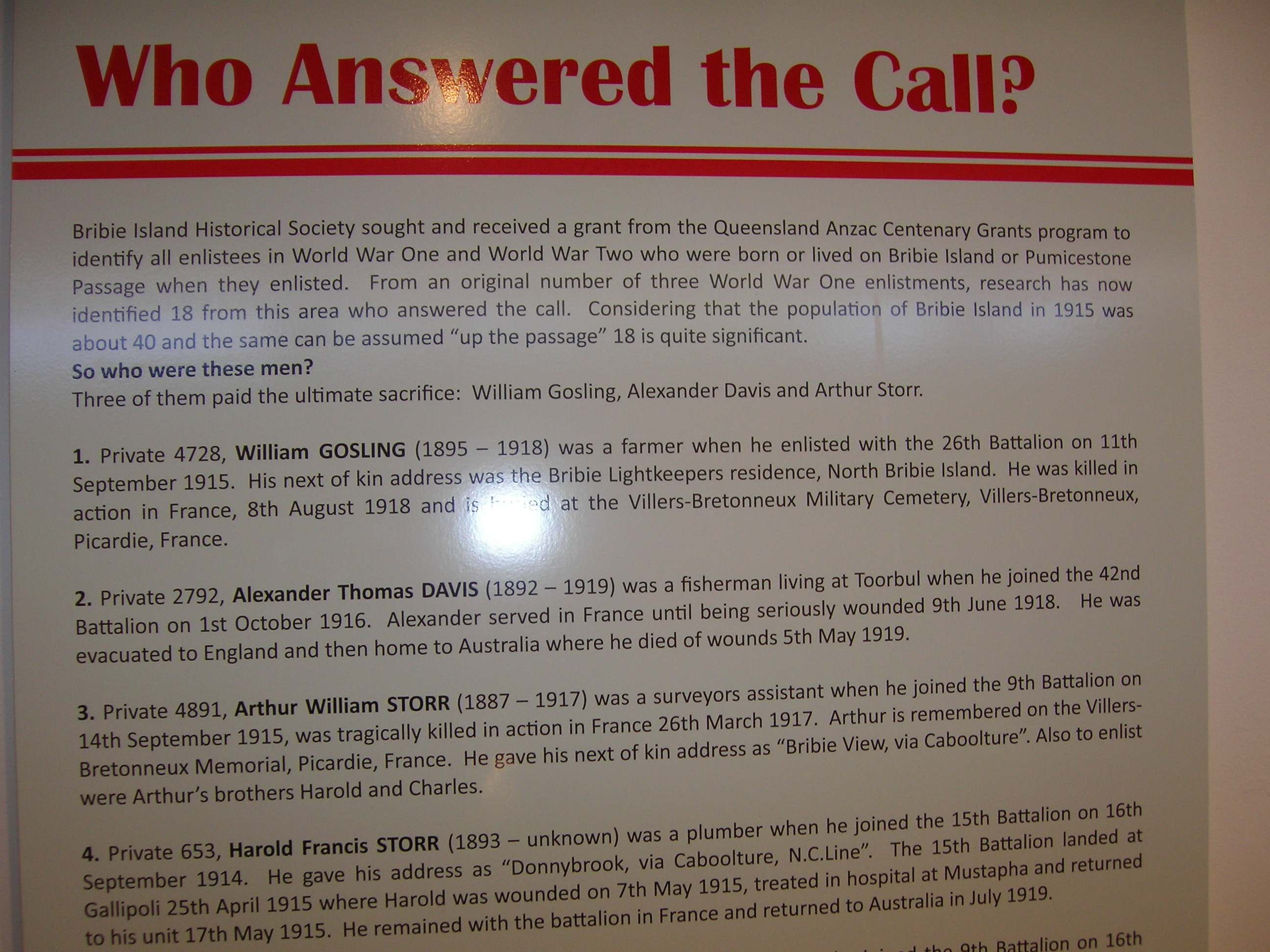
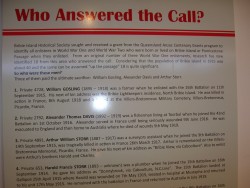
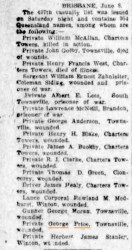
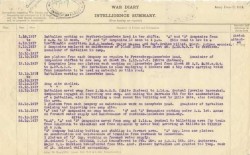
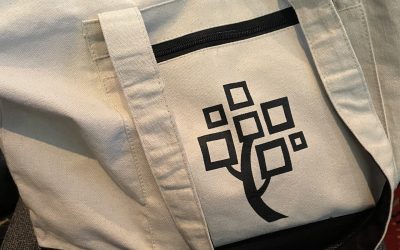

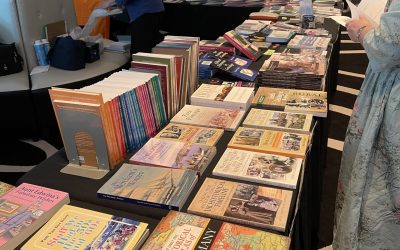
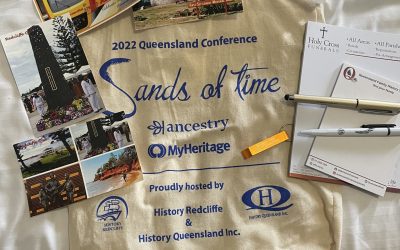
I have been using the unit diaries a lot in my research recently. They really help to supplement the individual dossiers and put some context around the soldier’s experience even though other ranks are very rarely mentioned by name. They were often written in pencil but I find saving the image and enhancing contrast helps a lot. Towards the end of each month’s file the orders might be included which gives the plan for a battle and sometimes a map or an aerial photo. I found it worth scrolling through to find these. See for example my post at http://ayfamilyhistory.blogspot.com.au/2015/04/o-is-for-orders.html . I learned about what the soldiers had to carry into battle, that they had to leave their coats behind …. Regards Anne